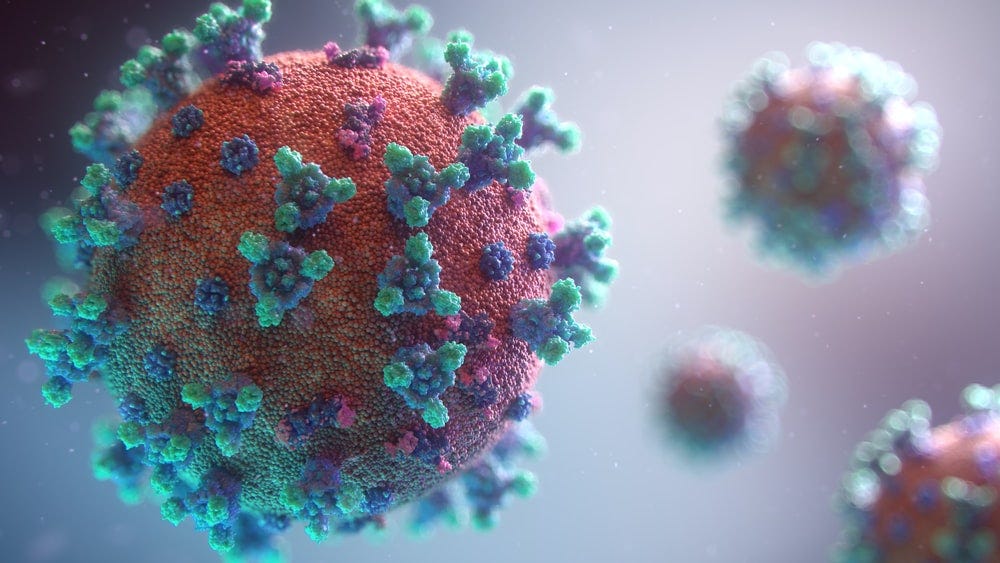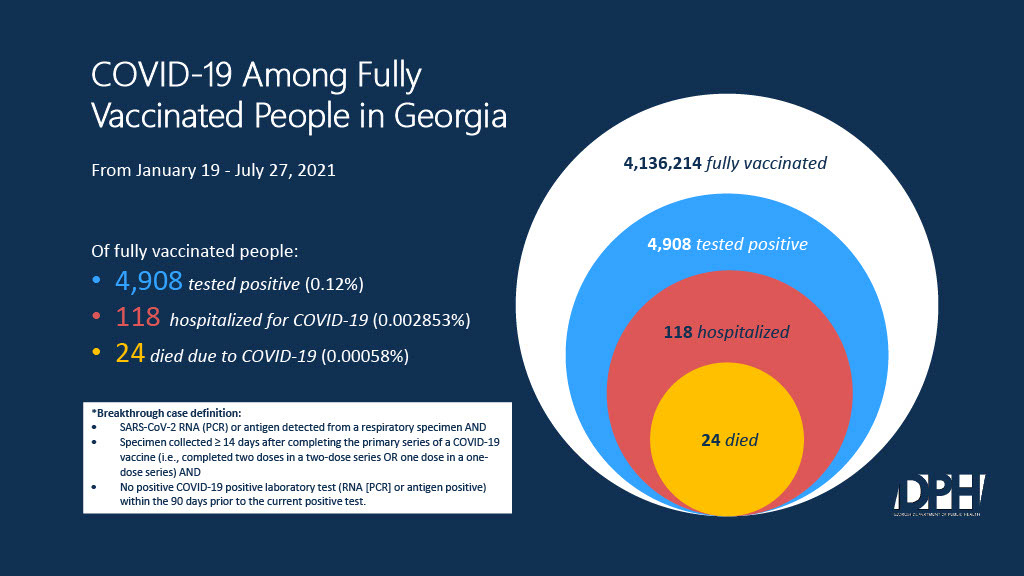Way back before the pandemic ever started, my kids introduced me to a game called “Plague Inc.” on our phones. This is a single-player game in which the player is a pathogen whose goal is to wipe out humanity. The user can control mutations and the like to help ensure that your disease goes viral. Fun times.
It actually was - and is - a really fun game. I pulled it out in the early days of the pandemic when I was traveling by airline. As I was enjoying my in-flight snack and trying to destroy the world, I remember a flight attendant commenting to me about the viral spread on my iPad. Fortunately, she recognized the game and had played it herself.
Anyway, I got to thinking about Plague, Inc. recently as I heard people talk about how the pandemic would likely end. In the game, there are only two possible concluding scenarios. One is that the disease infects and kills the entire global population. The other is that scientists develop a cure and the disease is eradicated. It doesn’t look like the end of the COVID-19 pandemic is going to be so cut-and-dried.
Quite a few of the people I’ve spoken with online lately think that it is a foregone conclusion that everyone is going to get COVID at some point. As this theory goes, even the vaccinated will probably be infected at some point, even though they’ll have mild cases that may even go unnoticed. Eventually, with everyone infected, we’ll all have antibodies and COVID will be so rare that it won’t be a factor.
There’s a problem with this theory. These people assume that vaccinations cannot stop a COVID infection, but that assumption seems to be in error. While there are some breakthrough infections, statistics show that these cases are rare.
For instance, the Georgia Department of Health published a graphic that shows statistics about COVID-19 in vaccinated individuals. From January through July, only 0.12 percent of vaccinated individuals tested positive for COVID. There might have been other very mild cases where people never got tested, but the evidence is that the vaccines protect the majority of individuals from getting infected, not just from severe symptoms.
My own experience is additional evidence of this theory. I wrote back in July about how my wife experienced a breakthrough infection at church. Even though my kids and I were exposed before she showed symptoms, none of us were infected. And it isn’t just that we didn’t show symptoms. We were tested and got negative results.
Contrast this to my brother’s family, which was unvaccinated. His daughter was infected at work by her boss and took the virus home. At this point, the virus has spread throughout his whole family.
There’s a similar situation in my church. Since my wife was infected about two and a half weeks ago, the disease has spread like wildfire. A woman who tested positive on the same day as my wife is now on a ventilator with double pneumonia and low oxygen levels. (Please pray for Beth and her family.) I’ve lost track of how many new cases have popped up in the church since then but the number includes at least half a dozen since last Sunday, including a pregnant youth leader and a young family with a one-year-old. The baby is also among the positives.
I haven’t done a complete survey of who was vaccinated and who isn’t, but my wife is the only breakthrough case that I know of in the church. I know several of the sick are not vaccinated and I know of several people who are vaccinated who were not among those to fall ill.
I’ve chased a rabbit here, but the point is that if you’re vaccinated, there is a good chance that you will never get COVID. The vaccines are very effective, even against Delta, but they are not and never were intended to be 100 percent effective. That doesn’t mean they are worthless, however.
So what about the other extreme? If COVID-19 isn’t going to infect everyone, can it be eradicated and wiped from the face of the planet?
This is also unlikely. Throughout world history, only two diseases and been officially declared to be eradicated. These are smallpox caused by variola virus (VARV) and rinderpest caused by the rinderpest virus (RPV). Even these two diseases are not totally eradicated since scientific samples do still exist. The important thing, however, is that these diseases no longer occur in nature.
In addition to the two diseases that have been eradicated, there are about a dozen others that are now very rare and almost nonexistent. These include polio, which hasn’t existed in the US since 1979 but is still present in Afghanistan and Pakistan, tetanus, for which the US experiences about 30 cases per year, whooping cough, with less than 20 US cases per year, chickenpox, which has declined by 90 percent since 1995, mumps, which has declined by 99 percent, and measles, which had been declared eliminated in the US in 2000 but began making a resurgence in 2017 as the anti-vax movement began to grow.
The common thread among all these dying diseases is vaccines. They have all been hounded nearly out of existence because of safe, effective vaccinations that not only protect against the symptoms but against infection and transmission as well. This is how we achieve herd immunity.
And this is how the COVID-19 pandemic will likely play out. We have safe, effective vaccines that are currently being distributed around the world. This process is going to take some time, but given the high level of protection that the vaccines convey, once we have a high vaccination level it will be very difficult for the virus to find a host. This will be true on local, national, and global levels.
Once the hysteria over the vaccine has ended and cooler heads prevail, the Coronavirus vaccine will be probably be mandated for public school attendance. It is already being required by many private businesses and state and local governments for their employees. The US military just announced that its members must be vaccinated by mid-September. These steps have been taken for many other diseases in the past.
The scenario would allow for occasional future outbreaks of COVID-19 in the future. This would be especially likely in areas where there is a large unvaccinated population, as we’ve seen with measles. Some of these outbreaks might be severe enough to require local quarantine and lockdown orders.
In reality, no one really knows what the future holds, however. The virus may mutate into a less infectious and deadly strain that presents less of a threat to humans. Many scholars believe that this is how the 1918 Spanish flu pandemic ended. The H1N1 virus that caused that outbreak still pops up occasionally and has caused other pandemics.
The reverse could also be true. The virus might continue to mutate enough to evade the protections created by vaccines and natural antibodies. We might end up playing Whack-a-mole with the virus for the foreseeable future. In that case, not only might everyone catch COVID-19 at some point, we might catch it repeatedly.
A variation on that scenario is the theory that the virus will become endemic among the young. If the adult population is vaccinated, babies and young children might catch COVID at an early age and then develop immunity that will last for the rest of their lives. This would be similar to how chickenpox was long a childhood disease that was relatively mild. If an adult caught it, however, it could be very serious.
The good news is that we’ve learned how to mitigate viruses if we choose to do so. No one wants to keep the precautions in place indefinitely, but the best way to get back to normal is to embrace the mitigations in the short term.
If things get really bad, I do have my Plague Inc. experience to fall back on. I’m tentatively planning to retreat to either Iceland, Madagascar, or New Zealand as a fallback plan. If you’ve played the game, you know what I mean.


No comments:
Post a Comment